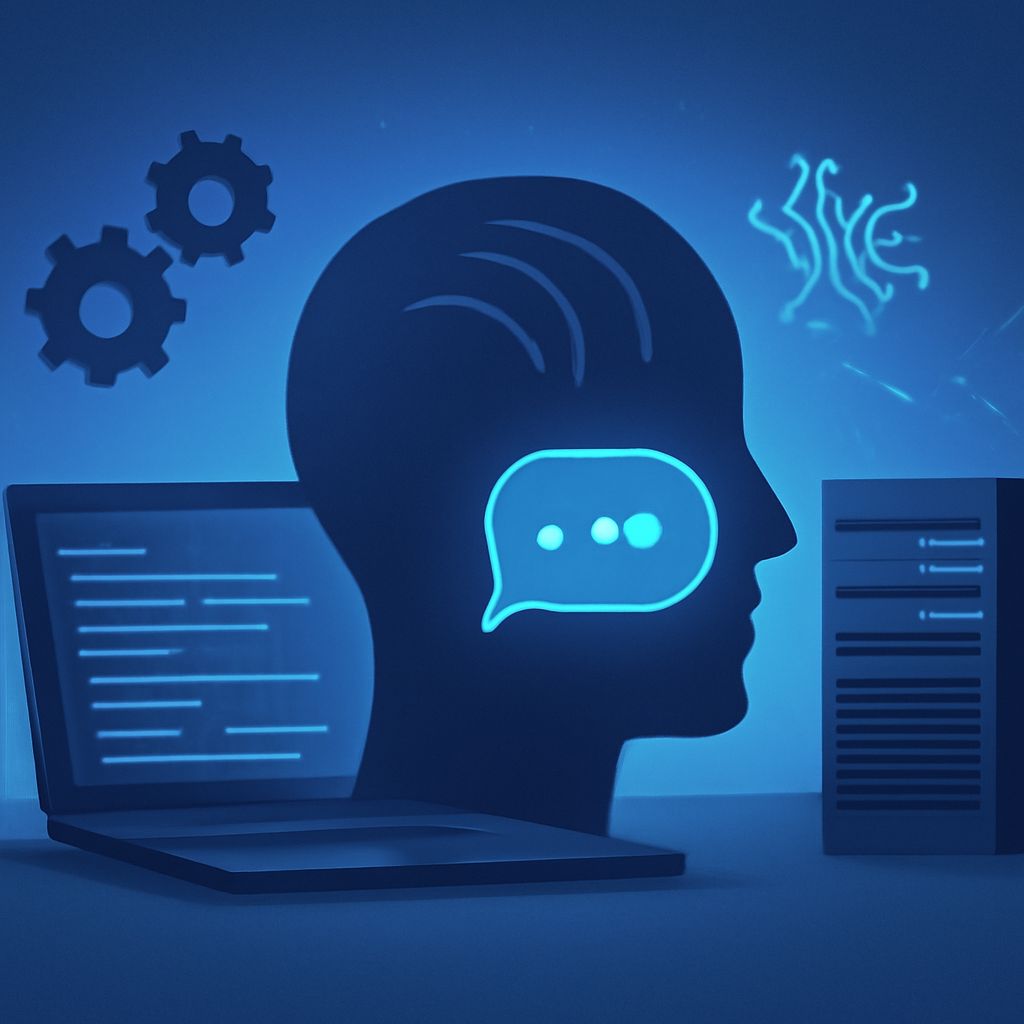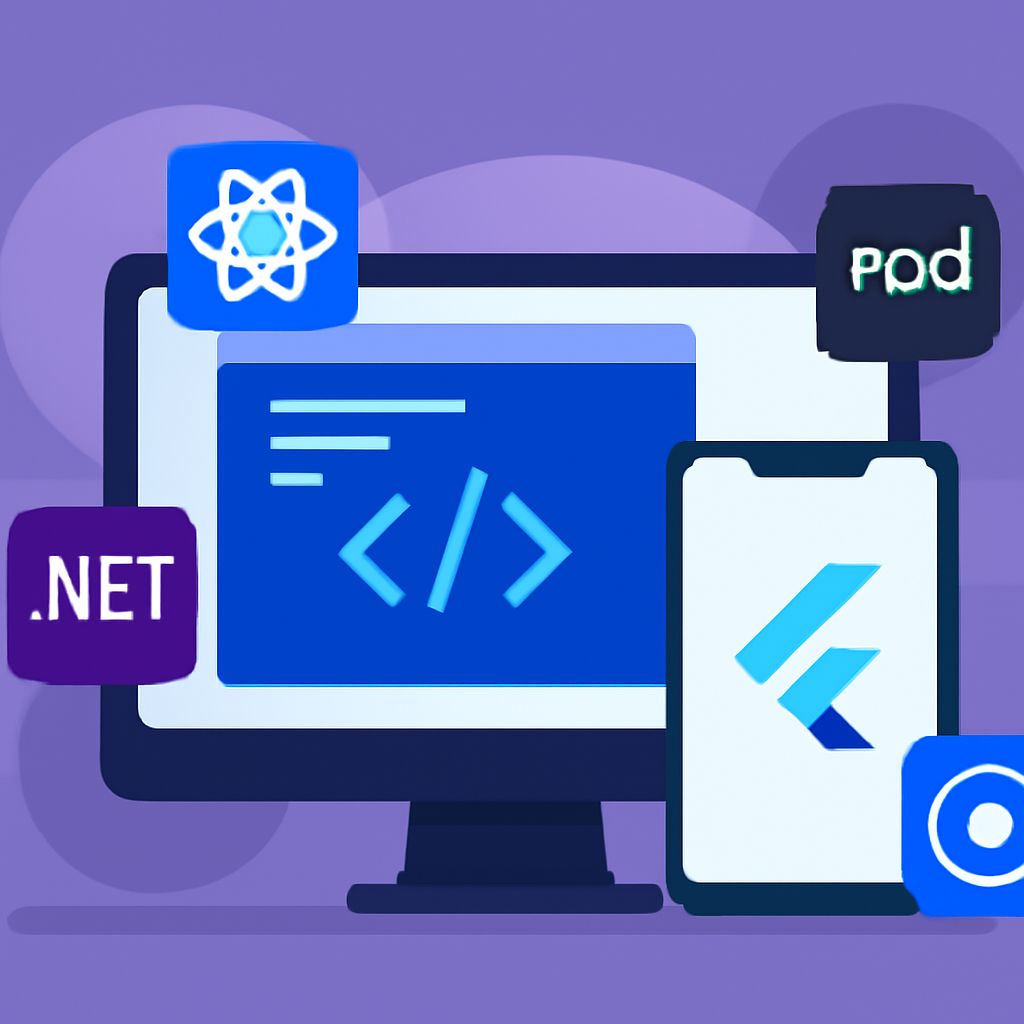Table of Contents
Unlocking Natural Language Processing in IT Today
Natural Language Processing (NLP) has emerged as a pivotal technology within the realm of Information Technology (IT), transforming the way machines understand, interpret, and interact with human language. As we delve into the intricacies of NLP, it becomes evident that its applications span across numerous industries, enhancing efficiency, user engagement, and data analysis. In this article, we will explore the key components of NLP, its significance in IT today, current trends, challenges, and future directions.
Understanding Natural Language Processing
NLP is an interdisciplinary field at the intersection of computer science, artificial intelligence, and linguistics. It focuses on enabling computers to understand and process human languages in a valuable way. The core aim is to bridge the gap between human communication and computer understanding, thereby facilitating seamless human-computer interaction.
Key Components of NLP
The following are the fundamental components that form the backbone of NLP:
- Tokenization: The process of breaking text into individual tokens or words, which are the basic units for further analysis.
- Part-of-Speech Tagging: Assigning parts of speech to each token, such as noun, verb, or adjective, to understand context and grammar.
- Named Entity Recognition (NER): Identifying and categorizing key entities within a text, such as names, organizations, or locations.
- Sentiment Analysis: Determining the sentiment or emotional tone behind a piece of text, helping businesses gauge public opinion.
- Dependency Parsing: Analyzing the grammatical structure of a sentence to understand the relationships between words.
- Machine Translation: Converting text from one language to another, greatly enhancing global communication.
Importance of NLP in IT
NLP has become increasingly important in IT for various reasons:
- Enhanced User Experience: NLP enables more intuitive user interactions with software applications, such as chatbots and virtual assistants, providing users with faster and more accurate responses.
- Data Analysis: Organizations can leverage NLP to analyze vast amounts of unstructured data, extracting meaningful insights that aid in decision-making processes.
- Automation: NLP automates routine tasks, such as data entry, customer service inquiries, and content generation, freeing up human resources for more complex tasks.
- Personalization: By understanding user preferences and behaviors, NLP can help tailor content and services to meet individual needs, enhancing customer satisfaction.
- Accessibility: NLP technologies can create solutions that make information more accessible to people with disabilities, such as text-to-speech applications.
Current Trends in NLP
The field of NLP is rapidly evolving, with several trends shaping its future:
| Trend | Description |
|---|---|
| Transformer Models | Models like BERT and GPT-3 have revolutionized NLP by using transformer architecture, which excels in understanding context and generating human-like text. |
| Transfer Learning | Utilizing pre-trained models on large datasets allows for efficient training on specific tasks, reducing the time and resources needed for model development. |
| Conversational AI | Advancements in NLP have paved the way for more sophisticated chatbots and virtual assistants that can engage in meaningful conversations with users. |
| Ethics and Bias in AI | As NLP becomes more pervasive, addressing the ethical implications and biases in training data is gaining importance to ensure fairness and accuracy. |
| Multimodal AI | Integrating data from different sources (text, images, audio) to enhance understanding and interaction capabilities. |
Challenges in NLP
Despite the advancements, NLP faces several challenges that researchers and developers must address:
- Ambiguity: Human language is inherently ambiguous; the same word or phrase can have multiple meanings based on context.
- Complexity of Languages: The vast array of languages, dialects, and idiomatic expressions complicates the development of universal NLP solutions.
- Data Privacy: Handling sensitive data in compliance with privacy regulations poses significant challenges when training NLP models.
- Bias and Fairness: Models trained on biased data can perpetuate stereotypes and misinformation, necessitating careful management of training datasets.
- Resource Limitations: Many organizations lack the resources and expertise to implement sophisticated NLP solutions effectively.
Future Directions
The future of NLP looks promising as technology continues to advance. Key directions include:
- Improved Multilingual Capabilities: Developing models that can understand and process multiple languages and dialects seamlessly.
- Greater Personalization: Enhancing algorithms to provide more tailored experiences based on user behavior and preferences.
- Explainability in AI: Creating models that not only produce results but also explain their reasoning processes in a human-understandable manner.
- Integration with Other Technologies: Combining NLP with other cutting-edge technologies, such as augmented reality and the Internet of Things (IoT), for innovative applications.
- Focus on Ethical AI: Developing frameworks to ensure ethical considerations are prioritized in NLP model development and deployment.
Conclusion
Natural Language Processing stands at the forefront of technological innovation, reshaping the landscape of IT today. Its impact is felt across various sectors, driving efficiencies and improving user interactions in ways previously unimaginable. As we unlock the full potential of NLP, it is essential to navigate the accompanying challenges thoughtfully, ensuring that this powerful technology serves humanity ethically and responsibly. With continued advancements and a focus on ethical practices, NLP will undoubtedly play a critical role in the future of IT and beyond.
FAQ
What is Natural Language Processing (NLP) and how is it used in IT?
Natural Language Processing (NLP) is a field of artificial intelligence that enables computers to understand, interpret, and respond to human language. In IT, NLP is used for various applications such as chatbots, sentiment analysis, and automated content generation.
How can businesses benefit from implementing NLP technologies?
Businesses can benefit from NLP technologies by enhancing customer service through chatbots, gaining insights from customer feedback via sentiment analysis, and improving data processing efficiency with automated text summarization.
What are some common challenges in deploying NLP solutions?
Common challenges in deploying NLP solutions include understanding context, handling language ambiguity, managing diverse dialects, and ensuring data privacy and security.
How does NLP improve user experience in applications?
NLP improves user experience by enabling more intuitive interactions, allowing users to communicate naturally with applications, and providing personalized responses based on user input.
What are the future trends of NLP in the IT industry?
Future trends of NLP in the IT industry include advancements in deep learning models, increased integration with voice recognition technologies, and the rise of AI-driven content creation tools.
How can companies start integrating NLP into their existing systems?
Companies can start integrating NLP by identifying specific use cases, leveraging existing NLP frameworks and APIs, and collaborating with data scientists to develop custom solutions tailored to their needs.







